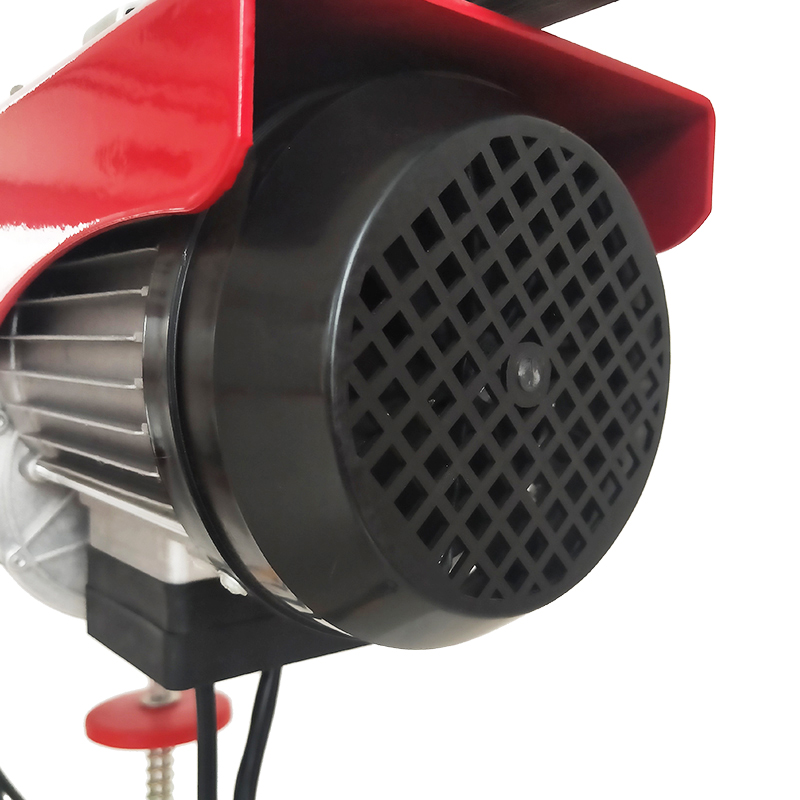


Electric Winch Design Key Considerations and Innovations
The electric winch has become an indispensable tool across various industries, from construction and automotive to marine and recreational applications. Its ability to safely and efficiently lift, pull, and move heavy loads makes it a crucial device for both professionals and enthusiasts alike. This article explores the key considerations and innovations in electric winch design, emphasizing the importance of efficiency, safety, and versatility.
Design Considerations
1. Power Source The core of any electric winch is its motor. Most electric winches employ DC motors, which offer a good balance of power and efficiency. When selecting a motor, it's essential to consider the voltage and current ratings, as well as the winch’s duty cycle. A higher voltage can lead to increased power output and faster line speeds, which may be critical for certain applications. Additionally, motor type—brushed or brushless—also impacts durability, maintenance, and performance.
2. Load Capacity Understanding load capacity is crucial in electric winch design. Winches must be designed to handle specific weights while accounting for dynamic loads and potential shock loading. It's advisable to integrate a safety factor into the design, often recommended at 1.5 to 2 times the maximum expected load. This not only enhances safety but also prolongs the winch's life by avoiding premature wear and tear.
3. Drum Size and Material The design of the winch drum is vital, as it affects the amount of cable that can be stored and how the cable is wound. A larger drum can store more line but may increase the overall weight and size of the winch. Materials used in drum construction should be lightweight yet robust, often opting for aluminum or high-strength steel to ensure durability without adding unnecessary weight.
4. Gear Ratio The gear ratio plays a significant role in determining the power and speed of the winch. A lower gear ratio allows for higher torque, which is beneficial for lifting heavier loads. Conversely, a higher gear ratio results in faster line speeds but with lower power. The ideal gear ratio depends on the winch's intended use, and innovative designs often incorporate adjustable ratios to optimize performance across different scenarios.

5. Control Mechanisms Modern electric winches come equipped with advanced control mechanisms. Wireless remote controls, for instance, enhance the user experience by allowing operation from a safe distance. Additionally, some designs incorporate smart technologies, enabling users to monitor load weight and winch performance via smartphone apps, ensuring optimal operation and reducing the risk of overload.
Innovations in Electric Winch Design
The evolution of electric winch technology is marked by significant innovations aimed at improving efficiency and user safety. One notable trend is the integration of regenerative braking systems, which reclaim energy during the lowering of loads, thereby enhancing overall energy efficiency. Additionally, advancements in materials technology have led to the development of lighter, stronger synthetic ropes that provide increased safety and ease of handling compared to traditional steel cables.
The incorporation of safety features is another critical innovation. Many contemporary winches include automatic shut-off mechanisms that engage when a predetermined load limit is exceeded, reducing the risk of equipment failure and accidents. Furthermore, improved weatherproofing techniques protect electric components, allowing winches to perform reliably in extreme conditions.
Conclusion
As industries continue to demand more efficient and reliable methods for lifting and moving heavy loads, electric winch design will undoubtedly advance further. By focusing on power, load capacity, innovative controls, and safety features, designers can create electric winches that not only meet but exceed the expectations of users across various applications. The future holds exciting possibilities, ensuring that electric winches remain a staple in heavy lifting and load management solutions.



